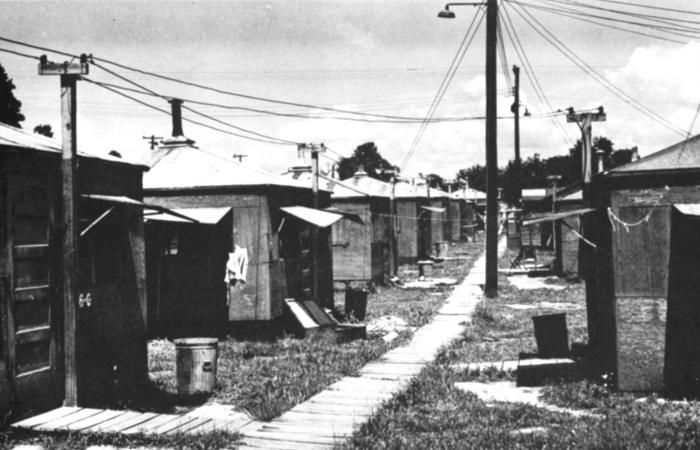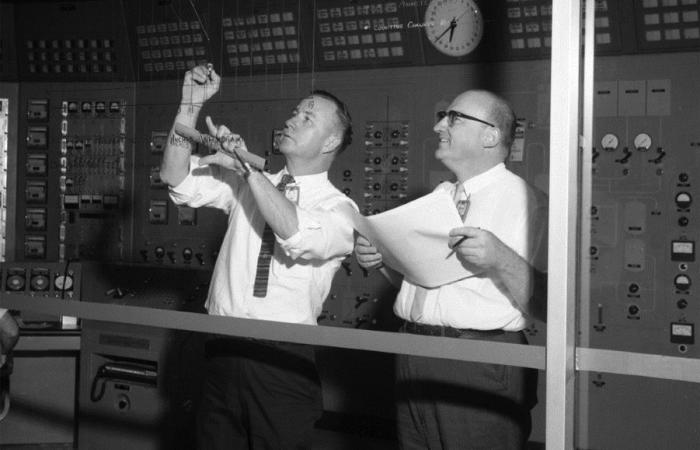At 2:22 PM on August 25, 1965, the High Flux Isotope Reactor achieved criticality for the first time. Just over a year later, HFIR reached its design power of 100 megawatts, delivering the highest neutron flux of any research reactor in the world.
As its name implies, HFIR’s primary mission was the production of isotopes for medical, research, and industrial applications. The reactor design was optimized to produce the highest possible neutron fluxes to support production of transcurium isotopes (i.e., isotopes of elements with atomic numbers higher than curium’s 96) and studies of irradiated materials. HFIR’s versatile design also provided capacity for the production of lighter radioisotopes and two facilities for neutron activation analysis. In addition—and at the insistence of then-ORNL Director Alvin Weinberg—four beam tubes were included to make the reactor’s high-intensity neutrons available to neutron scattering researchers.
Neutron scattering experiments at HFIR have answered fundamental questions about magnetism and superconductivity, advanced our understanding of polymers, provided insights into biological structure and function, and revealed residual stress in engineered materials. Techniques and instruments developed to take advantage of HFIR’s neutrons have been adopted by other research institutions, as well.
HFIR was recognized as a Nuclear Historic Landmark by the American Nuclear Society at a ceremony in April, the sixth ORNL facility to receive the ANS designation.
Today, HFIR routinely operates at 85 megawatts and remains a key national resource for isotope production, materials irradiation, and neutron activation analysis, but its primary mission is neutron science. At 50 years old, HFIR is one of the world’s most powerful reactor-based sources of neutrons for research, delivering the brightest cold neutron source in the world and a thermal neutron flux on target equal to any in the world. With an array of new and upgraded instruments that enable studies of complex materials such as polymer blends, proteins and superconductors, HFIR continues to be a world-class platform for scientific discovery.
Each year, approximately 500 researchers make use of HFIR’s unique capabilities for neutron scattering, isotope production, materials irradiation, and neutron activation analysis, and it is expected to continue supporting the delivery of breakthrough science for decades to come.




